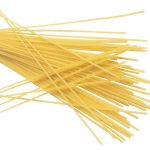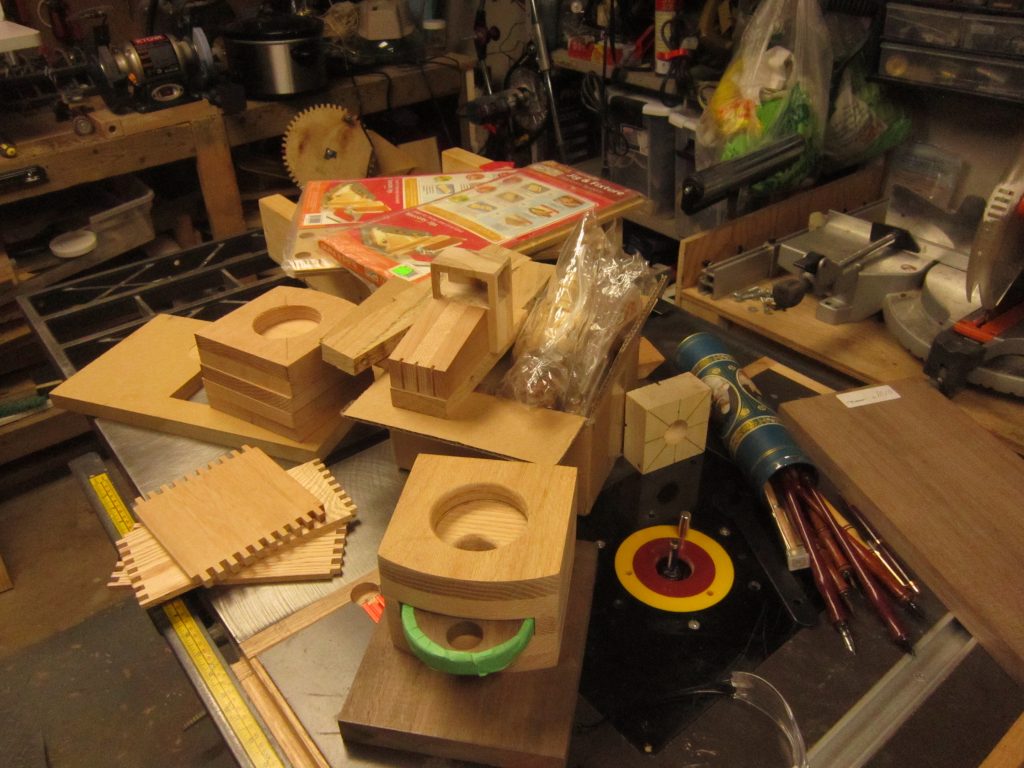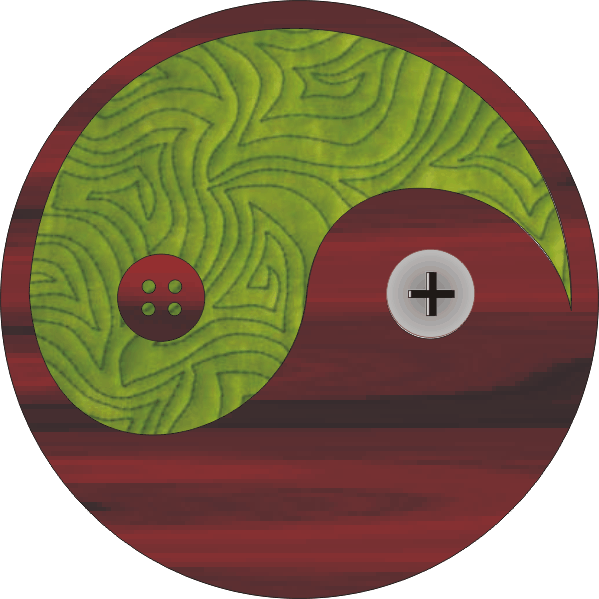
Our family of seven had, predictably, diverse tastes for food and drink. One of the few choices that we all could agree on was pasta and so it was made a lot in our family home when I was growing up. I asked my Mom one day how she knew when the pasta was ready. “Ah, the pasta test,” Mom exclaimed. She quickly liberated a strand of noodle with a fork and with a deft flick of the wrist sent it flying across the kitchen hitting the fridge and landing on the floor. “Not ready yet,” she declared. A few minutes later the same activity rendered a strand that stuck quite firmly to the fridge. “Good to go,” announced my mother. I have since learned more refined methods of testing pasta for firmness and stickiness, but the lesson stayed with me.

“Stickiness” is also a term in vogue in modern marketing, describing the ability of a product, service or message to stay with people – to stick or make a lasting impression that will bring them back to the product, service, website, etc. As we elevate our attention to ChezCraft as a full-time endeavour, the question of finding the right mix of products and services to hold consumer attention has become a more frequent discussion. For the past few years we have experimented with numerous product lines and services ranging from production crafts to fine art to commission work. While this has in part paralleled our continuing development of artisan skills, it has also included a little of “throwing stuff” at the market to see what sticks.
The questions around the right product line are perplexing: is it better to hit the market with a small set of high-quality, high value offerings or will a wide range of products with attendant scope of prices present the reach to attract a market large enough to sustain sales and profits? What is the most efficient way to use the limited resources of a small artisan company like ours? And, how does the choice of broad versus narrow product lines impact the reputation of the company? To pursue another food-based analogy, the question is often whether you would rather have a large slice of a small pie or a small piece of a large pie.
My partner and I believe that the long-term objective would be to establish a strong enough reputation to maintain a fairly tight set of signature products and services. The strategy at that point would be to effectively reach enough people with that particular palate to make it profitable – to own a larger slice of a smaller pie. In many ways this aligns well to our values of minimizing waste, by giving people a more specific thing that we believe they want, rather than just pushing out a plethora of products and hoping someone will want them.
Finding the right level of “stickiness” may continue to be a bit of a hit-or-miss effort for another while. Thankfully, we don’t believe it will risk the danger of hot flying pasta.

Recent Comments